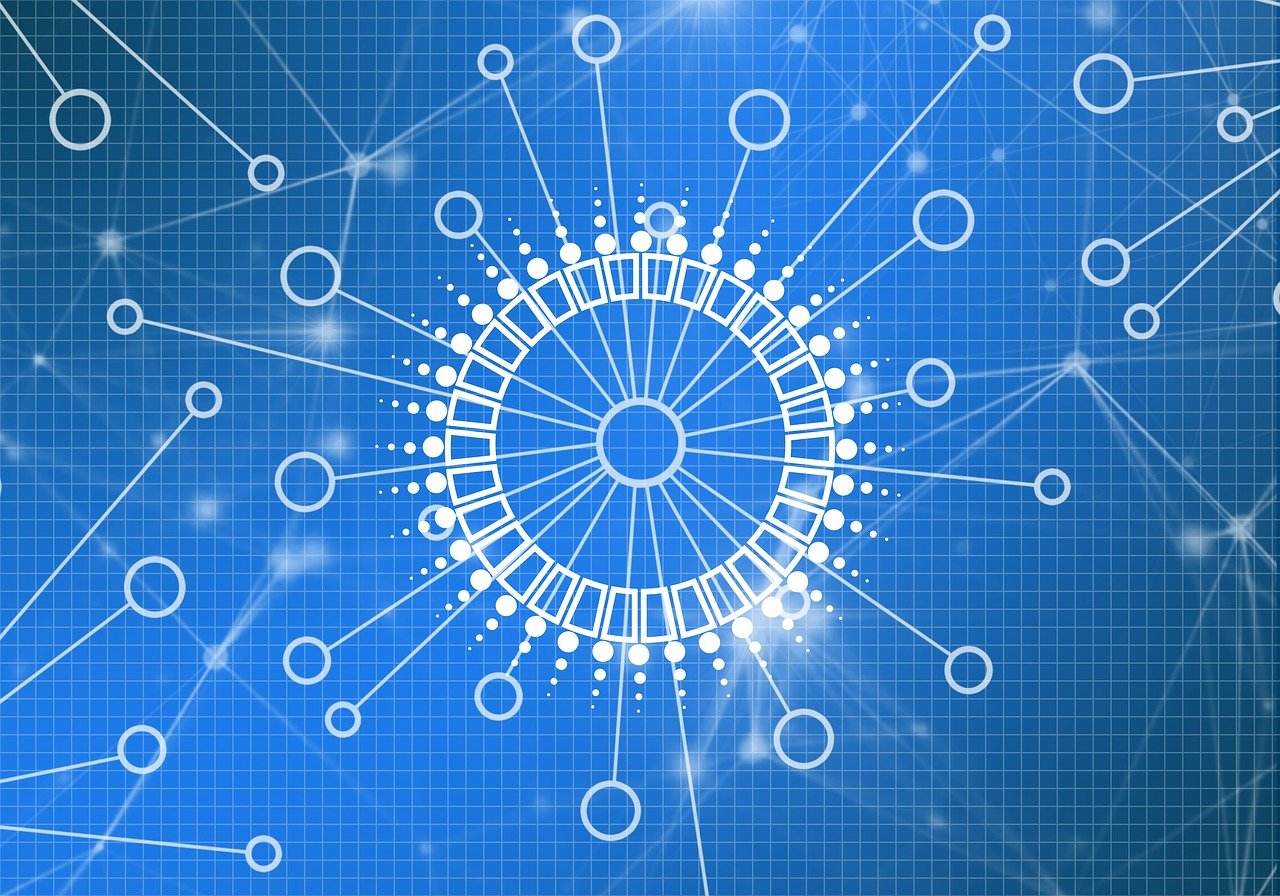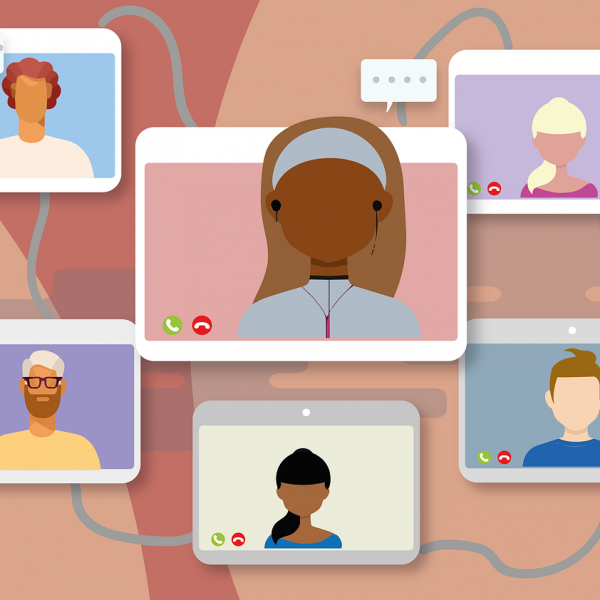Here is a 4994 word article on how 5G will impact payment processing in 2021 and beyond:
The rollout of high-speed 5G wireless networks is set to transform payment processing technology and capabilities in the coming years. 5G’s ultra-fast speeds, high bandwidth, and low latency will enable new disruptive innovations in how payments are handled globally.
2021 represents a pivotal stage for 5G and payments convergence as carriers continue deploying infrastructure and compatible devices rapidly proliferate. While still early, it is expected that 5G could drive up to $12.3 trillion in additional global economic output by 2035 according to IHS Markit. A significant portion of this impact will come from revolutionizing financial services and payments.
Here are 5 key ways industry experts predict 5G will impact payment processing over the next 5 years:
1. Enhanced Mobile Point-of-Sale Systems
Mobile card readers like Square have already gained popularity with merchants. 5G provides the speed and reliability for advanced features like instantly streaming sales data to the cloud, sharper real-time inventory tracking, and video integration for customer engagement.
2. Growth of Cashierless Stores
Amazon pioneered checkout-free retail with its Go stores, using arrays of cameras and sensors to tally purchases. But the bandwidth demands make scaling challenging. 5G’s capacity unlocks more sophisticated computer vision and AI to enable cashierless experiences to go mainstream.
3. Internet of Things (IoT) Commerce
Connecting vehicles, appliances, vending machines and more opens opportunities for seamless embedded commerce leveraging IoT sensors and 5G connectivity. Autonomous payments can be triggered based on contextual data like when a car needs fuel or a refrigerator is empty.
4. Immersive Virtual and Augmented Reality
Extended reality commerce is still emerging, but 5G could accelerate adoption. Ultra-low latency enables persistent virtual worlds for lifelike shopping. Overlaying product information via augmented reality during in-store shopping also becomes seamless.
5. Faster Blockchain Processing
Cryptocurrencies and blockchain-based financial transaction processing requires intensive data transfer and latency sensitivity. 5G provides the optimized network capacity for accelerating real-world blockchain and decentralized finance adoption.
These innovations will alter both merchant and consumer payment experiences in the years ahead. But 5G will also transform back-end payment infrastructure itself in significant ways:
Near Real-Time Clearing and Settlement
Lag times in trade clearing and settlement introduce risk and friction into payment flows between financial institutions. 5G allows running real-time gross settlement continuously rather than in overnight batches only.
Enhanced Fraud Detection
By applying advanced analytics, machine learning and AI to rich data streams in near real-time, fraudulent patterns can be identified and blocked faster over 5G networks. This reduces risk and false declines.
Stronger Loyalty Programs
5G connectivity powers more dynamic and personalized loyalty programs based on in-store shopper data and behaviors in real-time. Retailers can deliver targeted offers and rewards at checkout tailored to each customer.
Micropayments
The reduced cost of data transfer over 5G networks makes processing frequent small value transactions financially viable. This enables new monetization models leveraging micropayments.
While still early stages, 5G-enabled innovations in payments present compelling opportunities. Financial institutions, merchants, technology vendors and carriers will need to closely collaborate to realize the full potential. Using robust 5G infrastructure as a strategic backbone will define future digital commerce and payment experiences.




